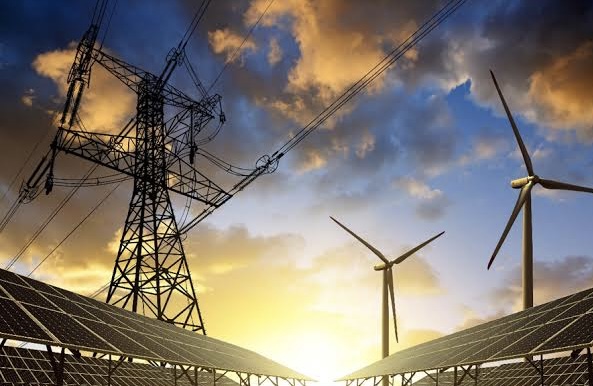KEY POINTS
- Over 600 million Africans lack electricity; PPPs offer sustainable solutions through public and private sector collaboration.
- PPPs attract investment, improve efficiency, and foster innovation to address Africa’s $40 billion annual energy financing gap.
- Robust regulatory frameworks and transparency are essential for successful PPPs, unlocking Africa’s renewable energy potential and regional integration.
Africa’s energy sector is at a pivotal crossroads, brimming with challenges and immense potential. With rapidly growing populations and urbanization trends, the demand for reliable and affordable energy has skyrocketed (IEA, 2022).
Yet, over 600 million people across the continent still lack access to electricity, underscoring the urgency of transformative interventions (World Bank, 2024). In this context, public-private partnerships (PPPs) offer a promising avenue to bridge the gap between energy demand and supply.
Let’s explore the role of PPPs in addressing Africa’s energy challenges, showcasing their potential to drive investment, efficiency, and innovation.
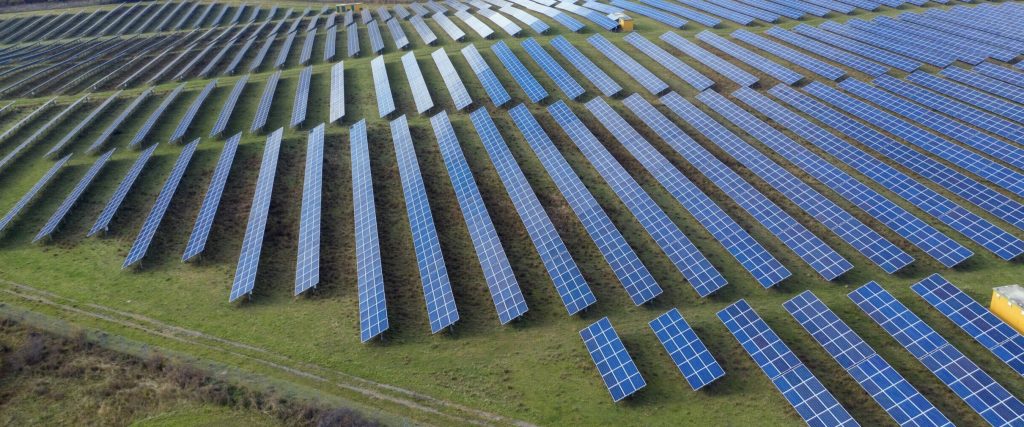
By delving into successful models, benefits, challenges, and opportunities, we aim to highlight why PPPs are critical to unlocking the continent’s energy future.
The need for PPPs in Africa’s energy sector:
Energy deficit
Africa’s energy deficit is staggering. Despite the continent’s vast natural resources, over 600 million people—almost half of its population—live without electricity. This lack of access hampers economic growth, education, and healthcare services, perpetuating poverty cycles.
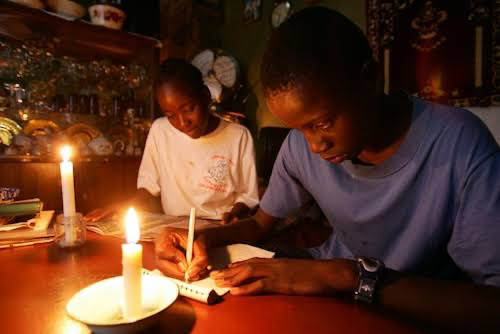
Rural areas, where electrification rates are as low as 10 percent, bear the brunt of this crisis. Addressing this deficit requires a paradigm shift in generating, distributing, and financing energy. PPPs present a viable solution by leveraging private sector expertise and resources to complement public efforts.
Infrastructure challenges
The energy infrastructure in Africa remains inadequate, with outdated power plants, insufficient transmission networks, and unreliable distribution systems.
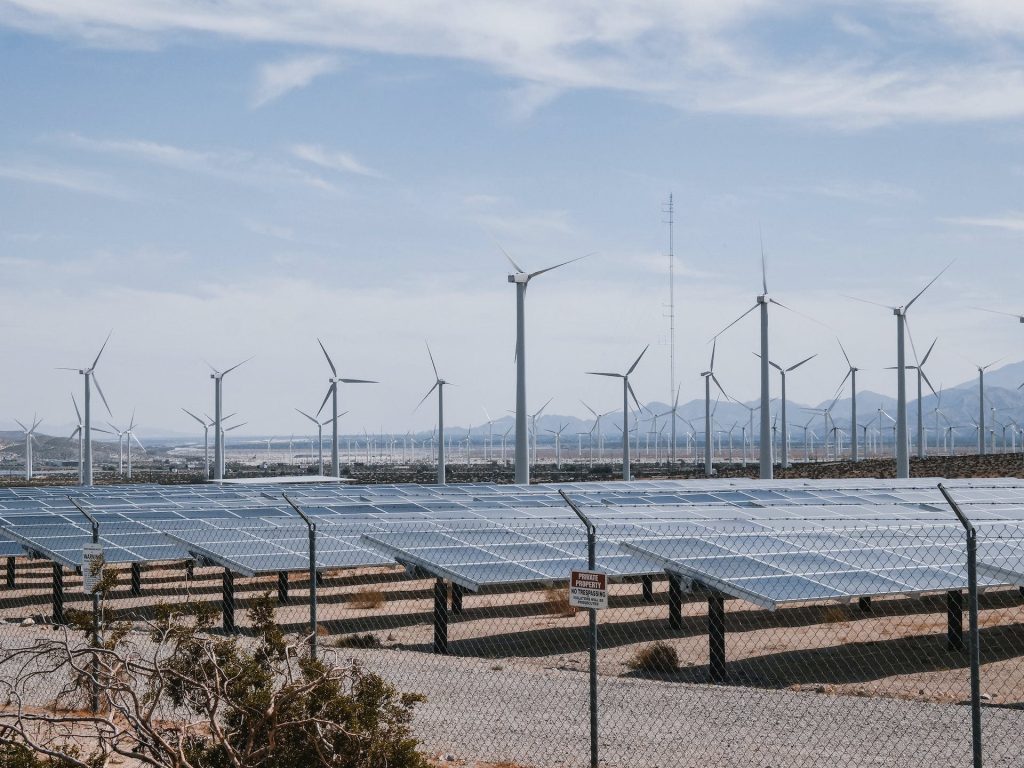
Frequent power outages cost businesses and economies billions annually, stifling productivity and investor confidence. The scale of investment needed to overhaul infrastructure is daunting, making it clear that governments alone cannot shoulder this burden.
PPPs enable the pooling of resources and capabilities, offering a pathway to modernize and expand energy systems efficiently.
Financing gap
Africa’s energy sector requires an estimated $40 billion annually to meet its demand. However, public budgets are often constrained, and traditional financing models fall short of addressing the scale of investment needed.

Innovative solutions like PPPs can bridge this gap by attracting private capital while ensuring long-term sustainability. Through risk-sharing mechanisms, PPPs reduce financial burdens on governments and enhance project viability, making them indispensable for Africa’s energy future.
Successful PPP models in Africa’s energy sector
Renewable energy projects
One of the most remarkable examples of PPP success in Africa’s energy sector is the Lake Turkana Wind Power Project in Kenya as well as Floating solar energy panels for Lake Kariba in Zimbabwe.
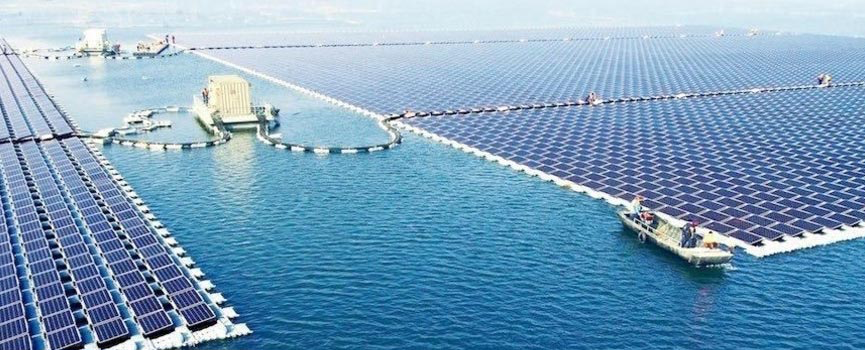
This 310 MW wind farm, the largest in Africa, was developed through a collaboration between private investors and the Kenyan government.
Similarly, Morocco’s Noor-Ouarzazate Solar Complex, one of the world’s largest concentrated solar power plants, demonstrates how PPPs can harness renewable energy potential while reducing carbon emissions.
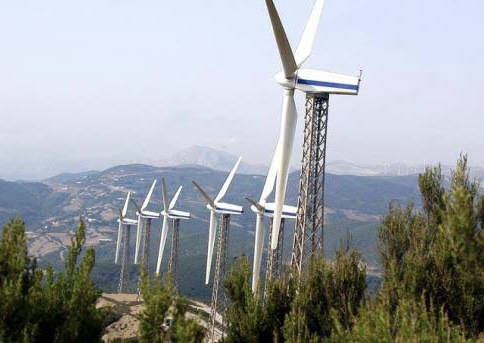
Independent power producers (IPPs)
IPPs have played a critical role in increasing energy generation capacity across Africa. For instance, the Azura-Edo IPP in Nigeria delivers 459 MW of power, contributing significantly to the national grid. In Ghana, the Kpone IPP generates 340 MW, addressing acute energy shortages. These projects highlight the importance of private sector involvement in meeting growing energy demands.
Transmission and distribution projects
PPPs have also been instrumental in improving energy transmission and distribution. Ghana Grid Company’s (GRIDCo) transmission project exemplifies how public and private entities can collaborate to enhance energy access. By investing in modern infrastructure and adopting innovative technologies, such partnerships ensure reliable energy delivery to end-users, fostering economic growth and development.
Benefits of PPPs in Africa’s energy sector
Increased investment
PPPs have proven to be a catalyst for investment in Africa’s energy sector, attracting local and international investors. By leveraging private capital, governments can implement large-scale projects without overburdening public finances. This influx of investment not only accelerates energy development but also boosts investor confidence in the continent’s economic prospects.
Improved efficiency
Private sector involvement introduces best practices, cutting-edge technology, and operational efficiency. This translates to reduced costs, minimized project delays, and optimized energy production and distribution. For instance, renewable energy projects developed under PPP models have consistently outperformed traditional state-run initiatives in terms of both efficiency and reliability.
Job creation
The energy sector is a significant driver of employment, and PPPs amplify this impact by creating jobs across the value chain. From construction and maintenance to operation and management, these partnerships generate opportunities for skilled and unskilled workers alike. Additionally, capacity-building programs associated with PPPs help develop local expertise, ensuring long-term benefits for communities.
Challenges and risks
Regulatory frameworks
The success of PPPs hinges on robust and transparent regulatory frameworks. However, many African countries lack clear guidelines for structuring and implementing these partnerships. Inconsistent policies and bureaucratic hurdles deter private investors, underscoring the need for streamlined regulations to facilitate PPPs.
Risk allocation
Effective risk allocation is critical to ensuring the success of PPPs. Governments and private partners must clearly define responsibilities, mitigate uncertainties, and share risks equitably. Failure to do so can lead to project delays, cost overruns, and strained relationships between stakeholders.
Corruption and transparency
Corruption remains a significant challenge in Africa’s energy sector. Lack of transparency in procurement processes and project management erodes investor trust and undermines public confidence (Transparency International, 2024). Implementing anti-corruption measures and promoting accountability are essential to fostering successful PPPs.
Opportunities and future prospects
Renewable energy growth
Africa’s abundant renewable energy resources, including solar, wind, and hydro, present unparalleled growth opportunities. PPPs can play a pivotal role in unlocking this potential by mobilizing capital, technology, and expertise. Expanding renewable energy capacity will not only address the energy deficit but also contribute to global climate goals.
Regional integration
PPPs have the potential to enhance regional integration by facilitating cross-border energy projects. Initiatives like the Southern African Power Pool (SAPP) demonstrate how collaborative efforts can optimize resource use and improve energy access across multiple countries. By fostering regional cooperation, PPPs can drive economic development on a continental scale (AfDB, 2020).
Innovative financing models
Innovative financing mechanisms, such as green bonds and crowdfunding, offer new avenues for supporting PPPs. These models can attract diverse investor groups, including impact investors and diaspora communities, broadening the funding base for energy projects (World Bank).
Additionally, leveraging development finance institutions like the African Development Bank can further strengthen PPP initiatives.
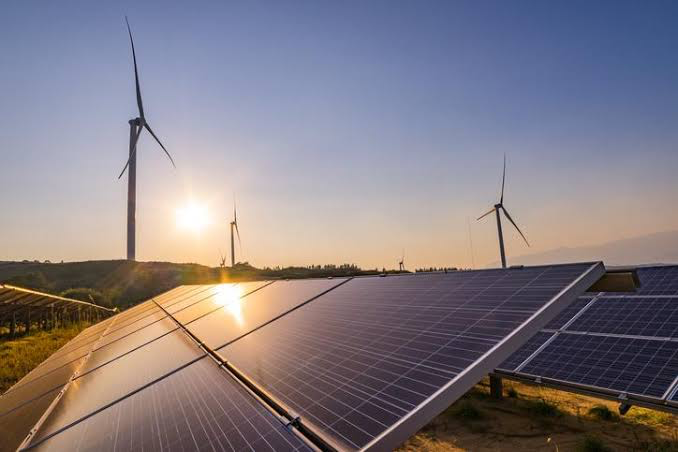
Public-private partnerships are indispensable for addressing Africa’s energy challenges. PPPs hold the key to transforming the continent’s energy landscape by mobilizing investment, enhancing efficiency, and fostering innovation (United Nations Economic Commission for Africa, 2011).
However, their success depends on establishing supportive regulatory frameworks, effective risk allocation, and unwavering commitment to transparency.
As Africa’s energy demands continue to grow, the importance of PPPs will only increase. By embracing these partnerships, the continent can pave the way for a sustainable and inclusive energy future, empowering millions and unlocking its vast economic potential.


